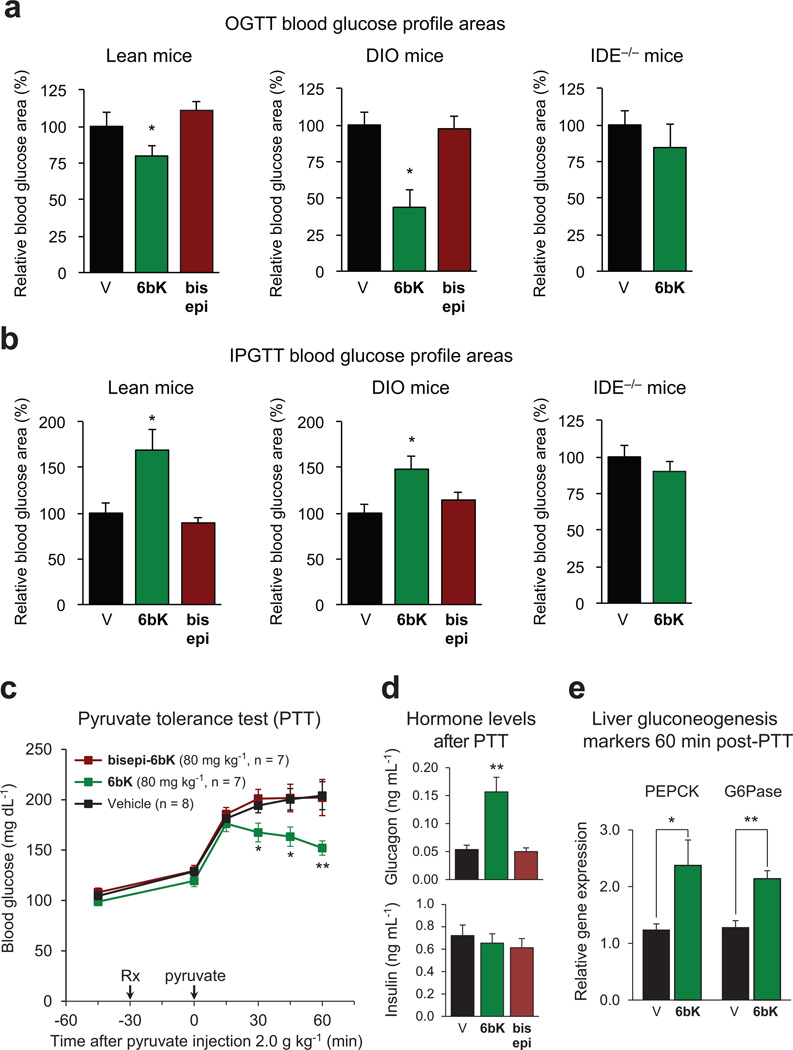Extended Data Figure 9. Glucose tolerance test AUC(area under the curve) calculations, and pyruvate tolerance test for gluconeogenesis during IDE inhibition.
a, AUC calculations for Fig. 2 data show that during OGTT, lean and DIO mice treated with 6bK display improved glucose tolerance, compared to vehicle controls and inactive bisepi-6bK. b, In contrast, during IPGTT both lean and DIO mice treated with 6bK display impaired glucose tolerance compared to vehicle or bisepi-6bK controls. The AUCs for 6bK versus vehicle treatments using Ide−/− mice are similar for both OGTT and IPGTT. c, Wild-type mice fasted overnight were injected i.p. with pyruvate (2.0 g kg−1) 30 min after treatment with 6bK, inactive analogue bisepi-6bK, or vehicle alone. d, Plasma hormone measurements 60 min post-PTT reveal elevated glucagon (top) but similar insulin (bottom) levels for the 6bK-treated cohort relative to bisepi-6bK or vehicle controls. e, RT–PCR analysis of liver samples 60-min post-PTT revealed elevated gluconeogenesis transcriptional markers for the 6bK-treated group relative to vehicle controls. All data points and error bars represent mean ± s.e.m. Statistics were performed using a two-tail Student’s t-test, and significance levels shown in the figures are *P < 0.05 versus vehicle control group; **P < 0.01 versus vehicle control group. See Supplementary Methods for a description of the AUC calculation. Data shown not involving knockout mice are representative of two or more independent studies; studies on knockout mice and PTT measurements were performed once.

